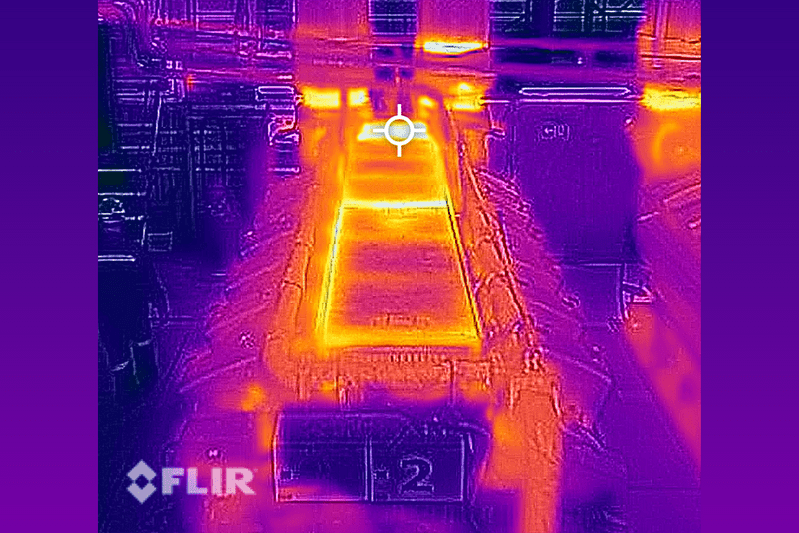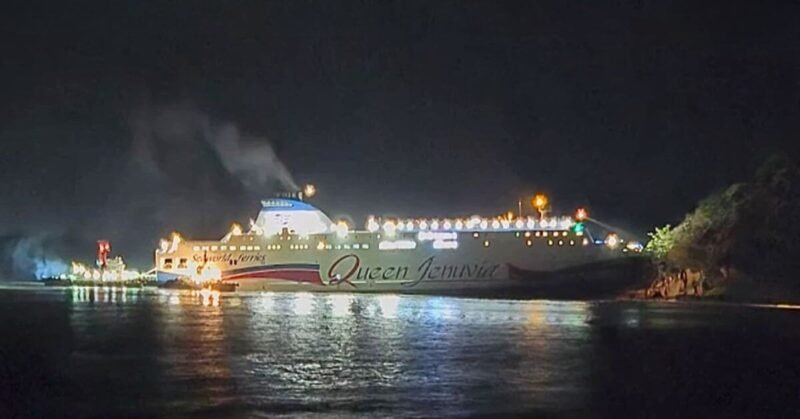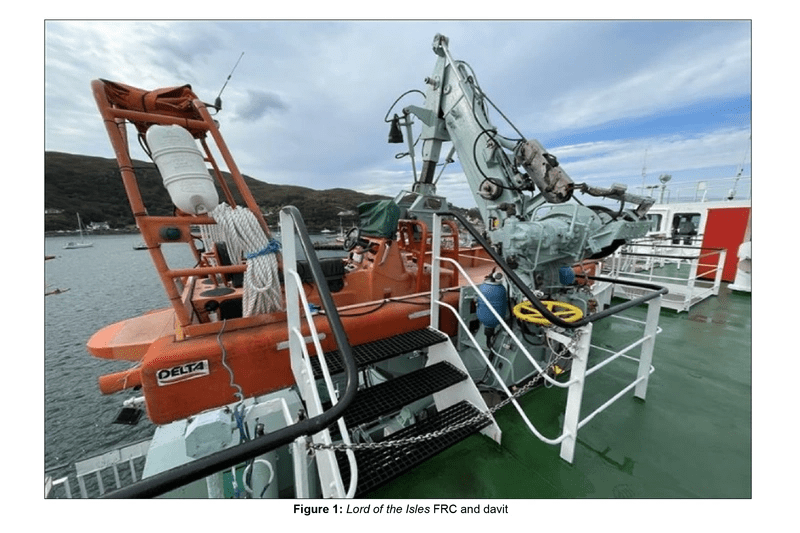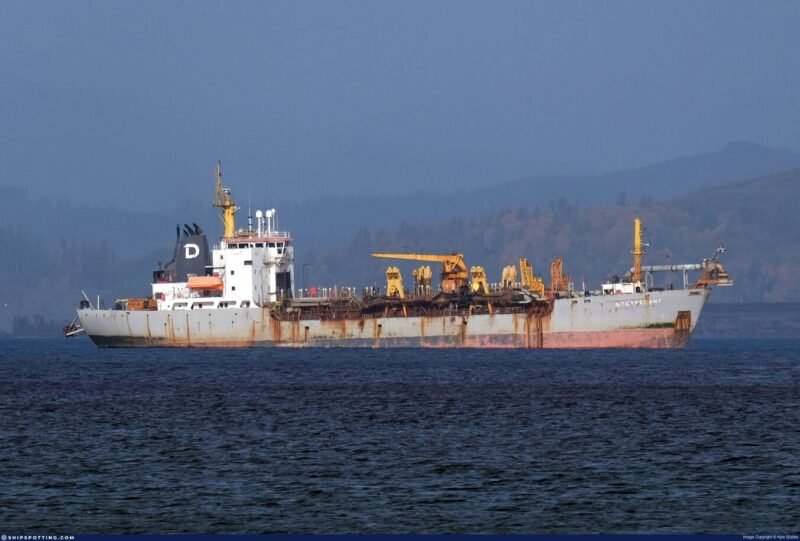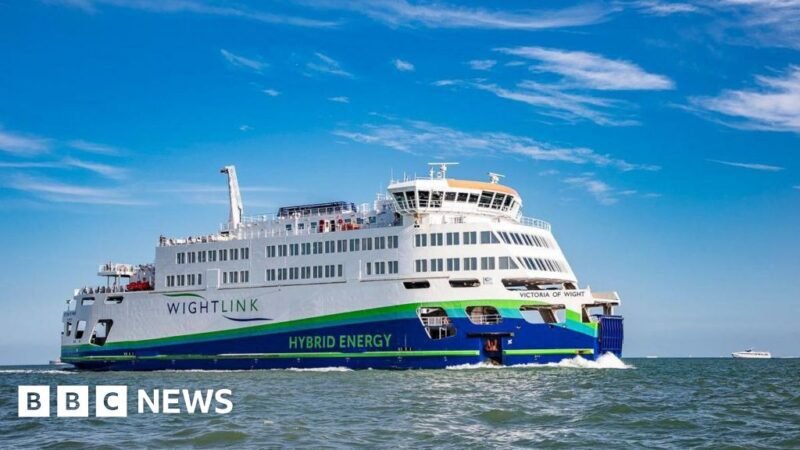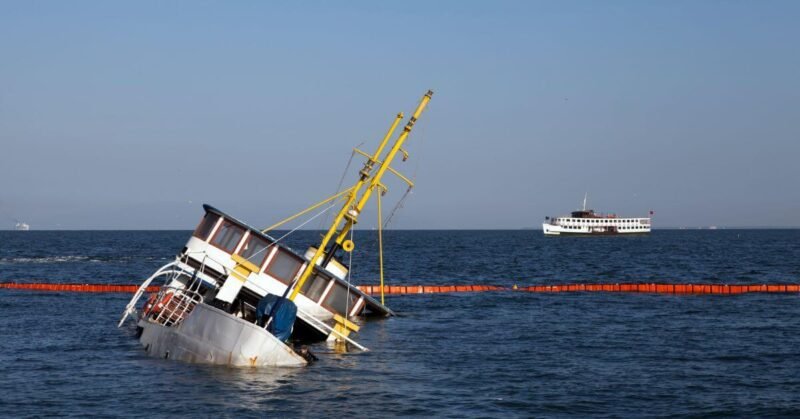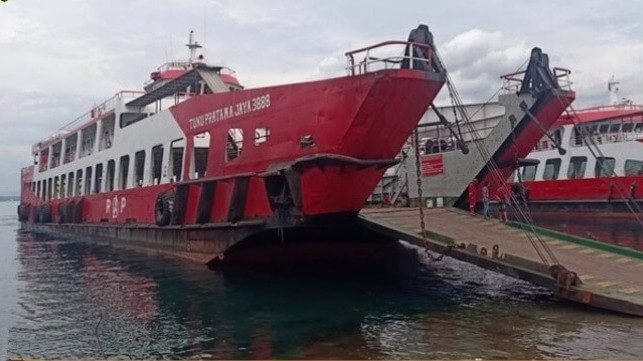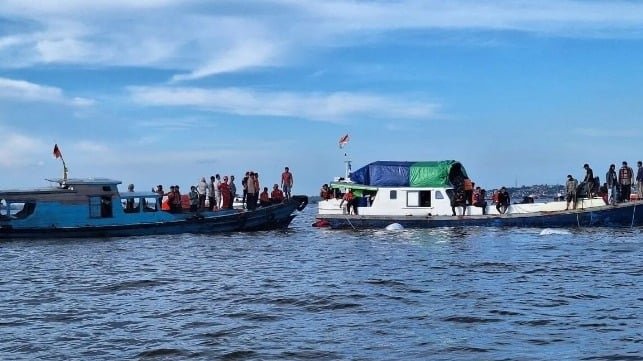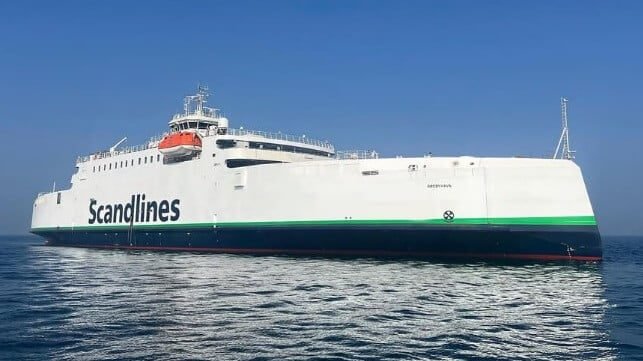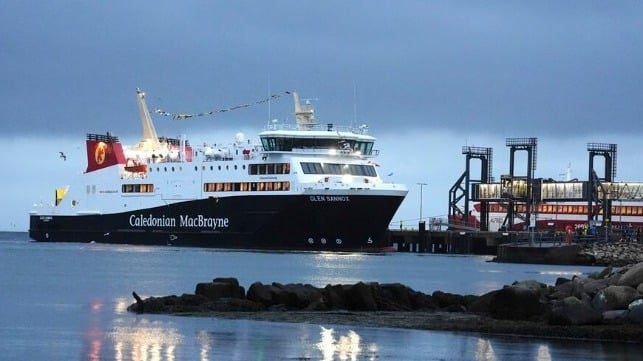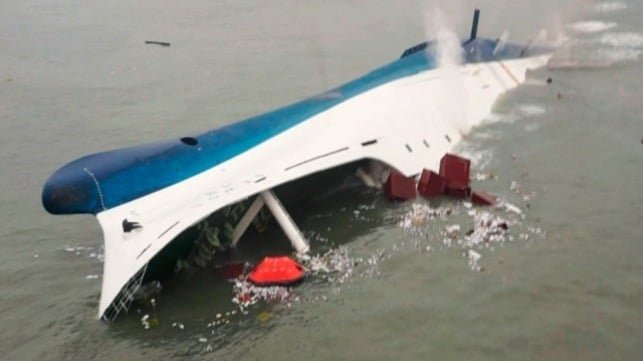The UK Marine Accident Investigation Branch (MAIB) recently published a report on an engine room fire that occurred on the ro-ro passenger ferry Stena Europe while it was nearing Fishguard, Wales. The fire broke out at 2115 on 11 February 2023 in the engine room of the vessel during its journey from Rosslare, Ireland, to Fishguard, Wales. Fortunately, no one was injured, and there was no environmental damage, as the crew managed to extinguish the fire. The investigation revealed that the fire originated on a main engine due to pressurized fuel spraying onto a high-temperature exhaust pipe, bypassing the designed protections against fuel fires.
The post-accident inspection on board Stena Europe uncovered that the protective shielding around the fuel systems on all engines was in poor condition or missing. Additionally, exposed hot surfaces exceeding 220°C were found on all running engines. The engine manufacturer, Wärtsilä, had identified the fuel system on this engine model as prone to leakage in 1995 and offered a modification to enhance the system. While one of Stena Europe’s main engines had the complete modification installed, the remaining three engines only had partial modifications.
Following the fire, repairs were made to the damaged engine, including the installation of the manufacturer’s complete modification to upgrade the fuel system and the rectification of missing or damaged shielding. The investigation concluded that the ship’s crew lacked sufficient training to inspect engine fuel systems and that the temperature measuring equipment used by the crew did not effectively identify hot spots. As a result, a recommendation (2024/170) was made to the Maritime and Coastguard Agency to propose the use of thermographic equipment to identify exposed high-temperature surfaces. Additionally, recommendations (2024/171 to 2024/174) were issued to Stena Line Ltd to improve defect reporting systems, enhance equipment inspections through training, disseminate details of the accident to its fleet, and introduce thermal imaging cameras for identifying exposed high-temperature surfaces.


